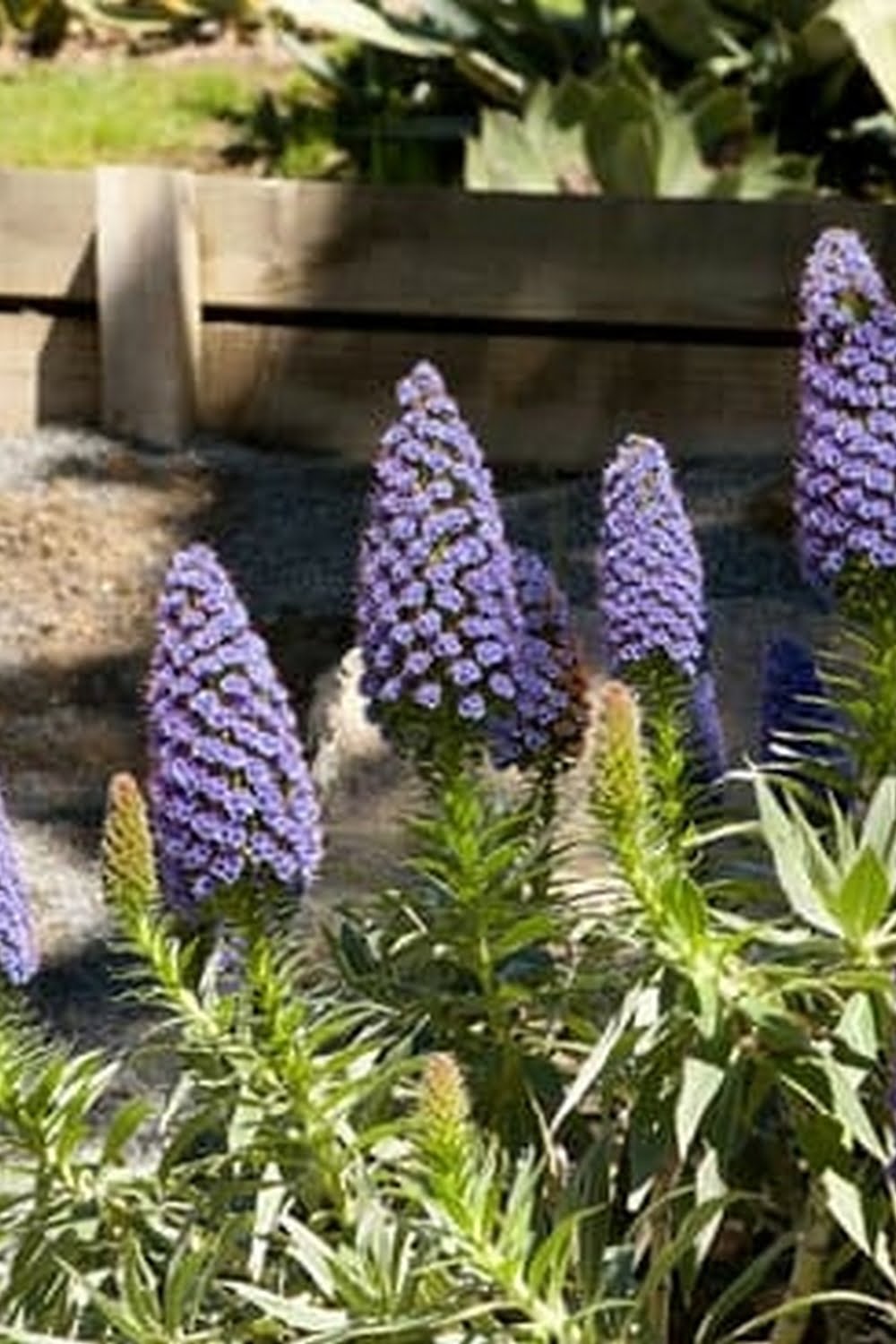Beautiful gardens were once a small niche industry; they were staffed by a few hardworking individuals and the gardens were maintained by their friends and neighbors. But that is not how things work today, thanks to the wonders of modern science and industry. Today, we have an amazing array of plants and flowers available to us, all of which come from different parts of the world. Let’s take a look at some of the reasons why you should plant some flowers in your own garden:

Planting beautiful gardens requires a bit of planning. You have to consider how many flowers you need, which part of your garden space will your flowering plants occupy and where will they be located? You must also choose a garden design that compliments your home and the size of your yard. And then you have to decide where you are going to plant or grow, the plants you want to have.
Botanical gardens provide a great way for you and your family to get exercise and relax. Botanical gardens are places where you can go to relax, enjoy the scenery and look at all of the wonderful plants and flowers that grow in your area. There are many different types of botanical gardens – nature parks, zoos, conservatories and parks. You can have a tropical garden, or a winter garden or even a desert garden.
There are many variegated foliage plants and flowers that are grown specifically for use in beautiful gardens such as these. Variegated foliage plants consist of those that have leaves with various colored stripes of colors running along them. Some of the most common varieties are: spider mites, false irises, golden shaded, gold-trimmed and orange-shaded. These plants can be grown in almost any kind of lighting condition, but they require a lot of direct sunlight – even with the variegated foliage varieties, they will not grow well in low light conditions.
Landscaping and designing beautiful gardens requires a lot of planning and design principles to be followed. For one thing, you have to think about how the garden area is going to be designed. This involves determining how much room you have for the garden space, what kinds of plants and flowers you are going to grow, what type of soil conditions in your garden needs and if you want to include other features like waterfalls or fountains. A walk through of your garden can help you determine how well your design principles are working. Design principles are a set of guidelines you follow to build a garden that is pleasing to the eye, beautiful to look at and provides a good amount of beauty to your surrounding environment. A good design principle is to ensure that the garden space has uniform distribution of light throughout the garden.
The distribution of light should be such that it does not create shadows under furniture or cause a glare on the walls of buildings. Light colour schemes for beautiful gardens can be constructed in the following ways: using light colours like white, yellow and cream, using varying amounts of each of these colours depending upon the time of day; using various shades of a single colour; or using different colours for different times of the day. Some plants can also help you create a beautiful garden. For instance, tall growing plants, like oaks and maples will give you a focal point that draws attention to a certain area of the garden. Other plants you can include are shrubs, vines, flowering plants, ground covers and rocks.
One of the most important design principles for beautiful gardens is the harmony of different colours. You have to ensure that all colours are complimentary to each other. If there are too many different colours it can lead to an appearance of disorder and clash. You can achieve this by using similar colours for the accessories that you use in the garden, for example the lighting fixtures and the garden bench. Another way you can achieve a harmonious and beautiful garden is to choose similar coloured plants for the beds and the overall garden. It is best to try and coordinate the colours of the plants with each other so as to produce a beautiful garden that truly is a showpiece.
The final design principle for beautiful gardens is the use of texture and pattern. Texture and pattern can be achieved by using natural materials in the garden such as stone, sand and river rock. You can also use items such as gravel, pebbles and bricks to create interesting patterns. Japanese botanical gardens often make use of natural materials like rock formations and hills for patterns and rocks can also be used if you have a limited budget.

Welcome to my blog about home and family. This blog is a place where I will share my thoughts, ideas, and experiences related to these important topics. I am a stay-at-home mom with two young children. I hope you enjoy reading it! and may find some helpful tips and ideas that will make your home and family life even better!





